ATD Tackles Adaptation to Climate Change for Dairies
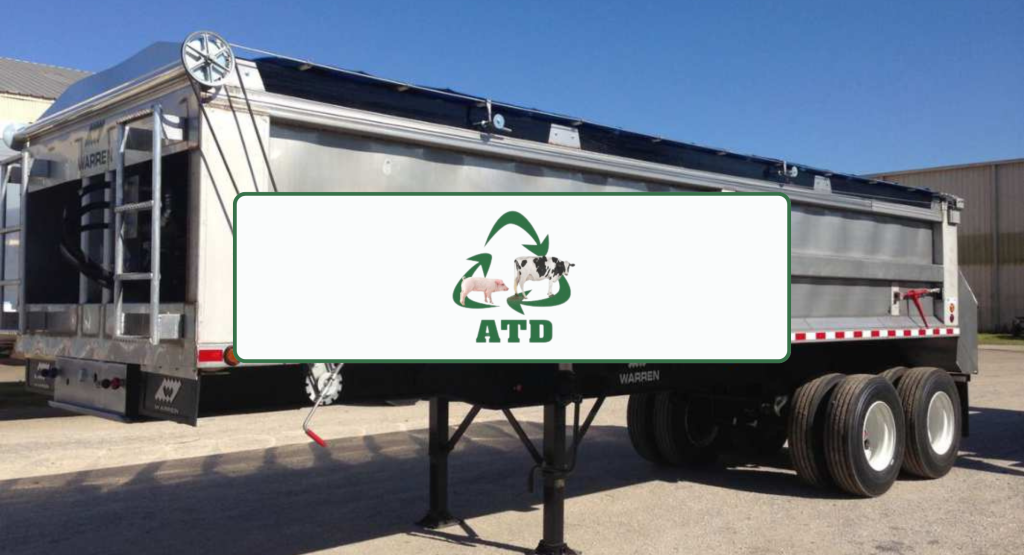
By ATD Manure Management
ATD Manure Systems has identified the process that can be integrated to provide robust systems incorporating improved materials and proven technology on a farm. This process is scalable, applies to hog and dairy manures, runs unattended, provides an acceptable ROI, reduces Greenhouse Gases (GHGs) and fuel consumption, operates in all weather, has a small footprint and preserves more nutrients in a form that improves their effectiveness.
ATD’s 2 – Step System™ will help put the right nutrition and moisture where and when it is needed.
ATD presents a 2–Step system™ for managing livestock manures in cost-effective, efficient, and environmentally friendly manner. The system captures and concentrates virtually all nutrients (solid, liquid, and gas) to reduce hauling costs and daily water demand. By separating nutrition from hydration, you will have more nutrients per tonne and irrigation-quality water year-round to match your crop needs.
ATD’s Step 1
Step 1 captures virtually all suspended solids using a Press and Clarifier and storing them above ground. This makes solids compact, lighter, and cheaper to apply. The solids-free effluent is recycled to collect manure again; the rest is sent to the Lagoon. The Lagoon holds dissolved solids but will now create fewer GHGs and won’t need agitation or an annual pump-out.
Benefits of Step 1 – The Low-Hanging Fruit!
- Solids weight and volume are reduced. Nutrients/tonne are increased five-fold.
- Daily solids separation reduces Phosphorus transfer to the liquid stream.
- Soil compaction is reduced by lighter loads. Dryer solids can be applied with simple equipment to improve operational flexibility.
- Labour and fuel costs to distribute and apply solids are reduced.
- Barn air quality improved, nitrogen saved, and struvite production is reduced.
- The Lagoon will hold more water with the solids removed.
- The Lagoon will no longer produce Carbon Dioxide or Methane, thereby eliminating a major source of farm emissions.
- Transportation costs of solids are reduced.
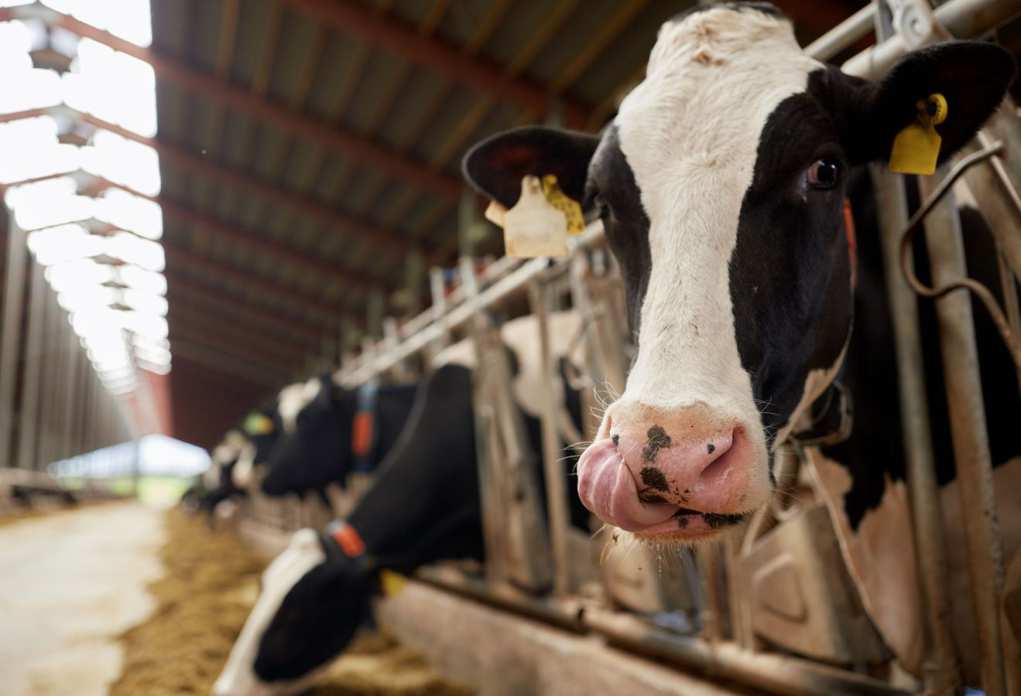
ATD’s Step 2
Step 2 increases water recycling, capturing and concentrating dissolved solids and ammonia for distribution.
Benefits of Step 2
- TDS and Ammonia capture and concentration improve placement accuracy, reduce application costs and increase sales value.
- Demand on aquifers is reduced by up to 60%.
- Irrigation volume is increased if surface water can be captured off-season to supplement lagoon contents.
- Cleaner floors and cleaner barn air when flushed with recycled drinking water.
Learn more at https://livestockmanuremanagement.com/
For more information, read our Biogas Efficiency Magazine.
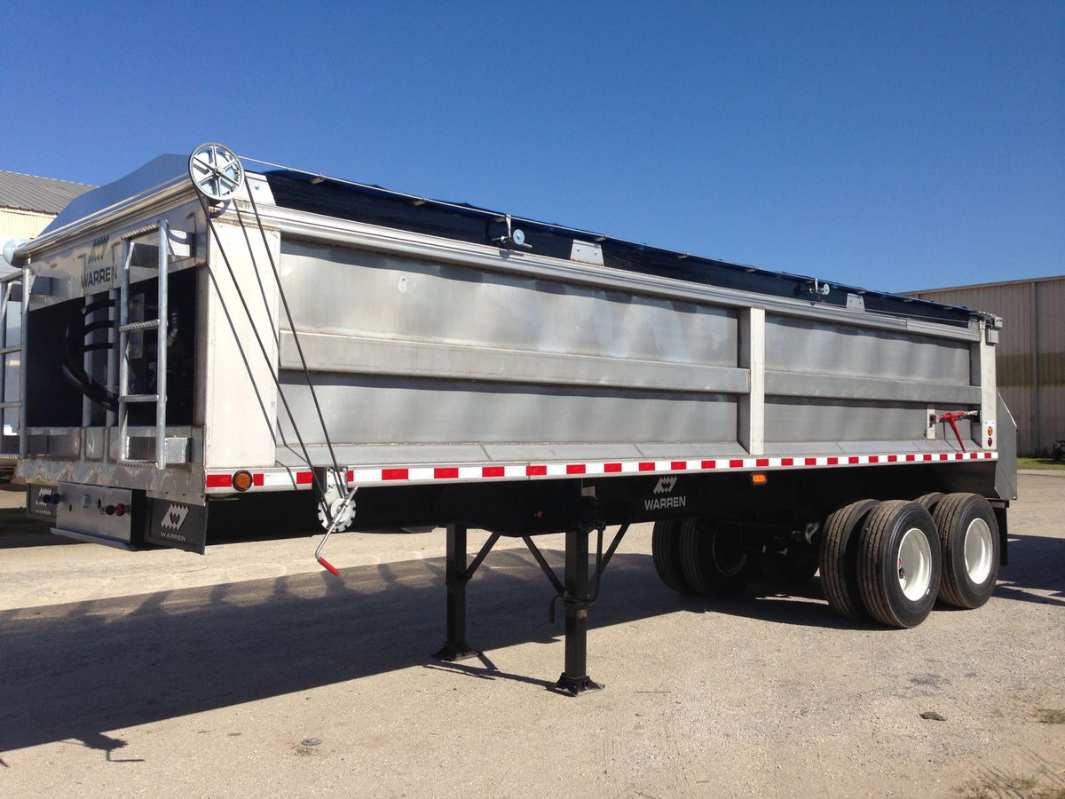
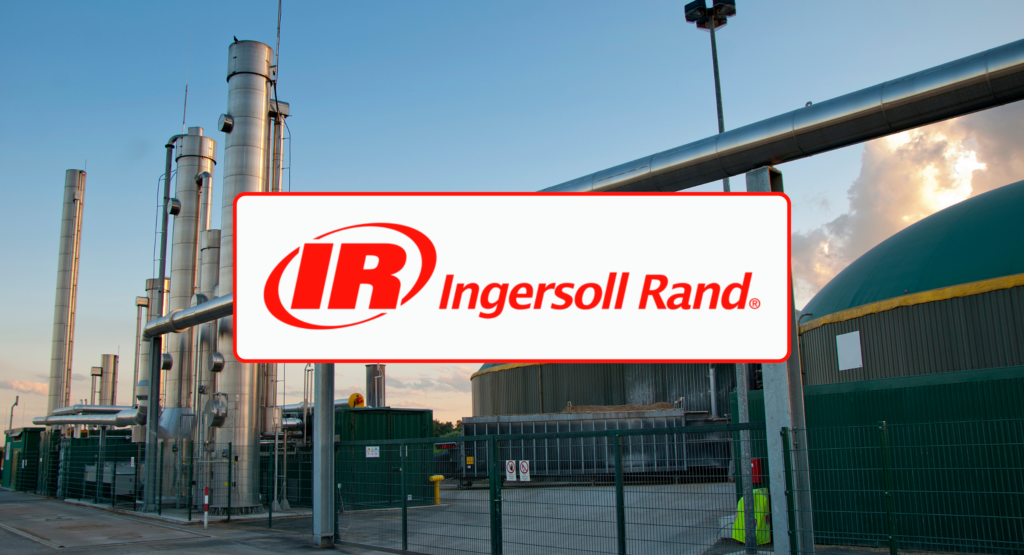
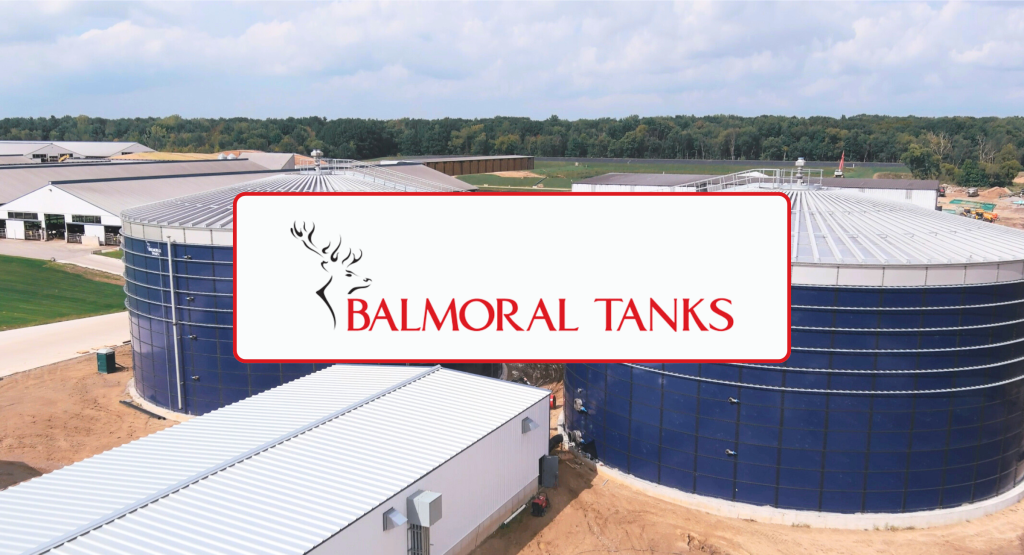
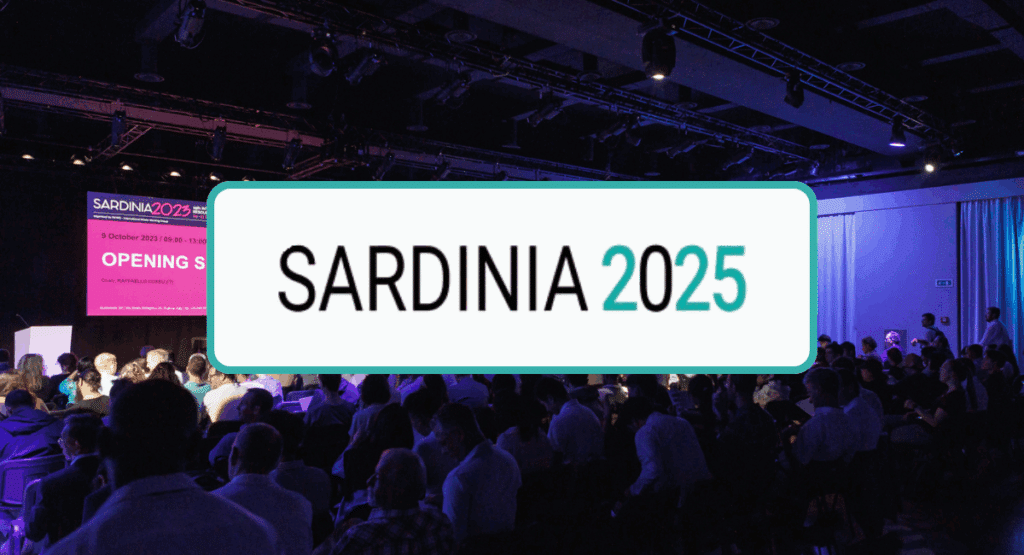
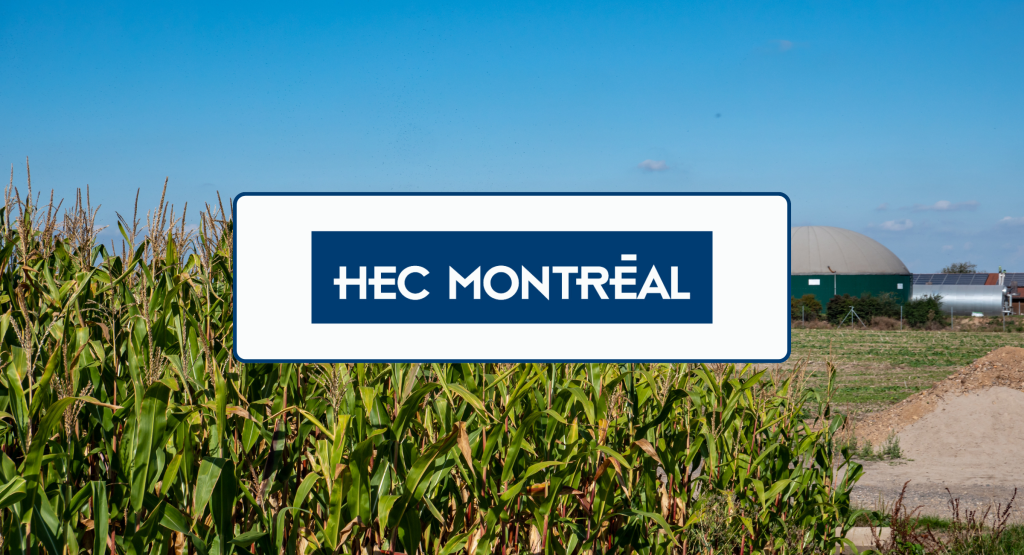
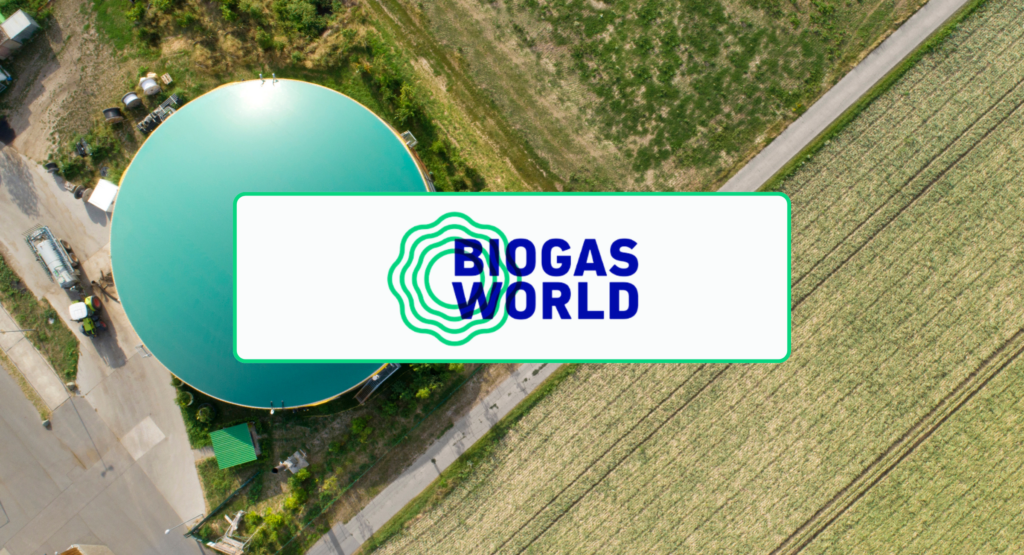
Comments